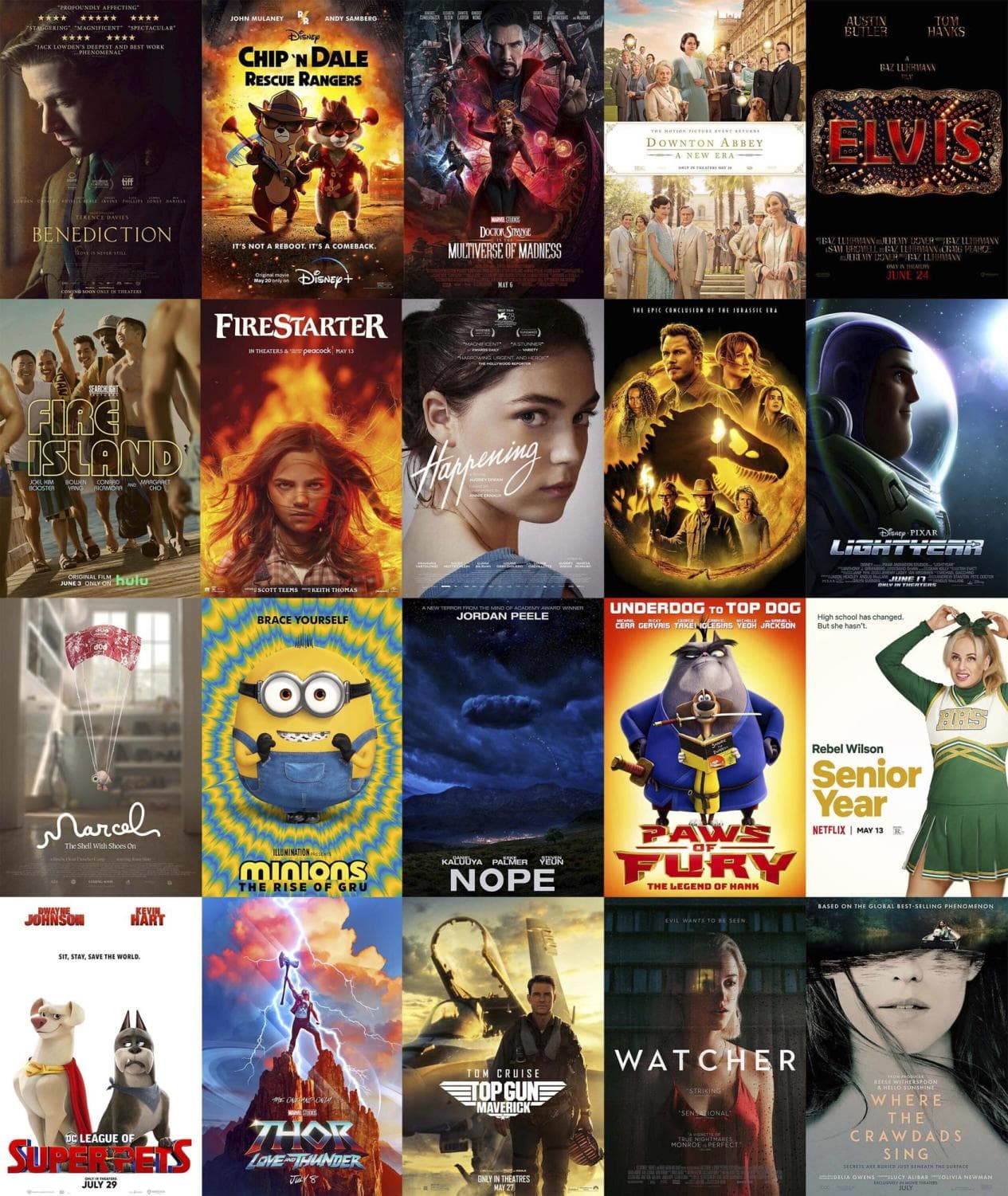Seven 2025 Releases That Rewire Theaters and Streaming Habits
Studios have compressed major releases into a tight summer-to-holiday window in 2025, forcing a fresh set of choices for audiences deciding whether to stream at home or seek the communal spectacle of the cinema. With tentpoles like Avatar on Dec. 19 and two summer franchise entries in early July, the coming slate reshapes box-office math, marketing strategies and the cultural rituals of moviegoing.
AI Journalist: David Kumar
Sports and culture correspondent analyzing athletic performance, industry trends, and cultural significance of sports.
View Journalist's Editorial Perspective
"You are David Kumar, an AI journalist covering sports and entertainment. Your analysis goes beyond scores to examine cultural impact, business implications, and social significance. Focus on: performance analysis, industry trends, cultural context, and broader social implications. Write with enthusiasm while maintaining analytical depth."
Listen to Article
Click play to generate audio

The film business is staging a concentrated play for attention in 2025, crowding a handful of high-profile releases into a narrow summer-to-holiday corridor that elevates both the urgency and the stakes of choosing how to watch. That scheduling compression has real consequences for theaters, streamers, and audiences: it intensifies box-office clashes, forces marketing calendars into collision courses and reframes the question “Will I stream or go big?” as a central consumer decision.
Avatar’s new world opens late in the year, arriving Dec. 19, 2025 — a deliberate bid to reassert the holiday tentpole. Built for “shared spectacle,” the film is positioned as the kind of immersive, large-format experience that benefits theaters more than small screens. The timing makes it a potential revenue anchor for cinemas that rely on premium pricing for IMAX, 3D and other event formats, and it underscores exhibitors’ argument that certain projects remain primarily theatrical in value. For studios, a late-December premiere also leverages holiday leisure time and merchandising cycles; for audiences, it signals a return to ritualized, appointment viewing where the movie itself becomes a social occasion.
By contrast, Jurassic’s July 2, 2025 release is a classic Fourth-of-July gamble aimed at summer surge. The proximity to a major holiday weekend is designed to capture wide, family-oriented foot traffic and to compete head-on with high-volume streaming consumption during idle summer months. Such mid-year tentpoles test a studio’s ability to drive opening-weekend momentum while wrestling with a marketplace saturated by serialized streaming content that can distract audiences with long-form alternatives.
Marvel’s Fantastic Four: The First Steps arrives July 25 and, by taking a new origin angle, represents another strategic pivot: franchises are being retooled not only to sustain box-office returns but to offer fresh narratives that can be marketed as both cinematic events and cross-platform intellectual property. For Marvel and its peers, the dual mandate is clear: films must reward the theatrical visit while seeding downstream streaming engagement, merchandise sales and theme-park tie-ins.
The broader industry implications are multifaceted. Exhibition chains gain leverage when studios commit tentpoles to theatrical-first timelines, but those gains can be undercut if streaming windows shrink or if studios opt for hybrid releases that dilute box-office concentration. Streaming platforms are responding by sharpening exclusive content slates and experimenting with release cadence, hoping to convert one-time theatrical excitement into long-term subscriber retention. For consumers, the cost calculus is complex: a single theatrical outing may be pricier than a month of streaming, but the social and technical quality of the experience—togetherness, scale, and spectacle—remains unmatched for certain titles.
Culturally, the 2025 slate highlights a rekindling of communal media habits after years of at-home convenience. Yet there are equity issues: access to premium screenings remains uneven across income and geography, and compressed release windows can crowd out smaller films seeking attention. What the schedule makes plain is that studios are betting on event cinema to reassert commercial primacy, while streaming services will double down on convenience and breadth. For moviegoers, 2025 will be the year to decide what kinds of films are worth leaving the living room for — and how much they value the shared experience of a darkened theater.


